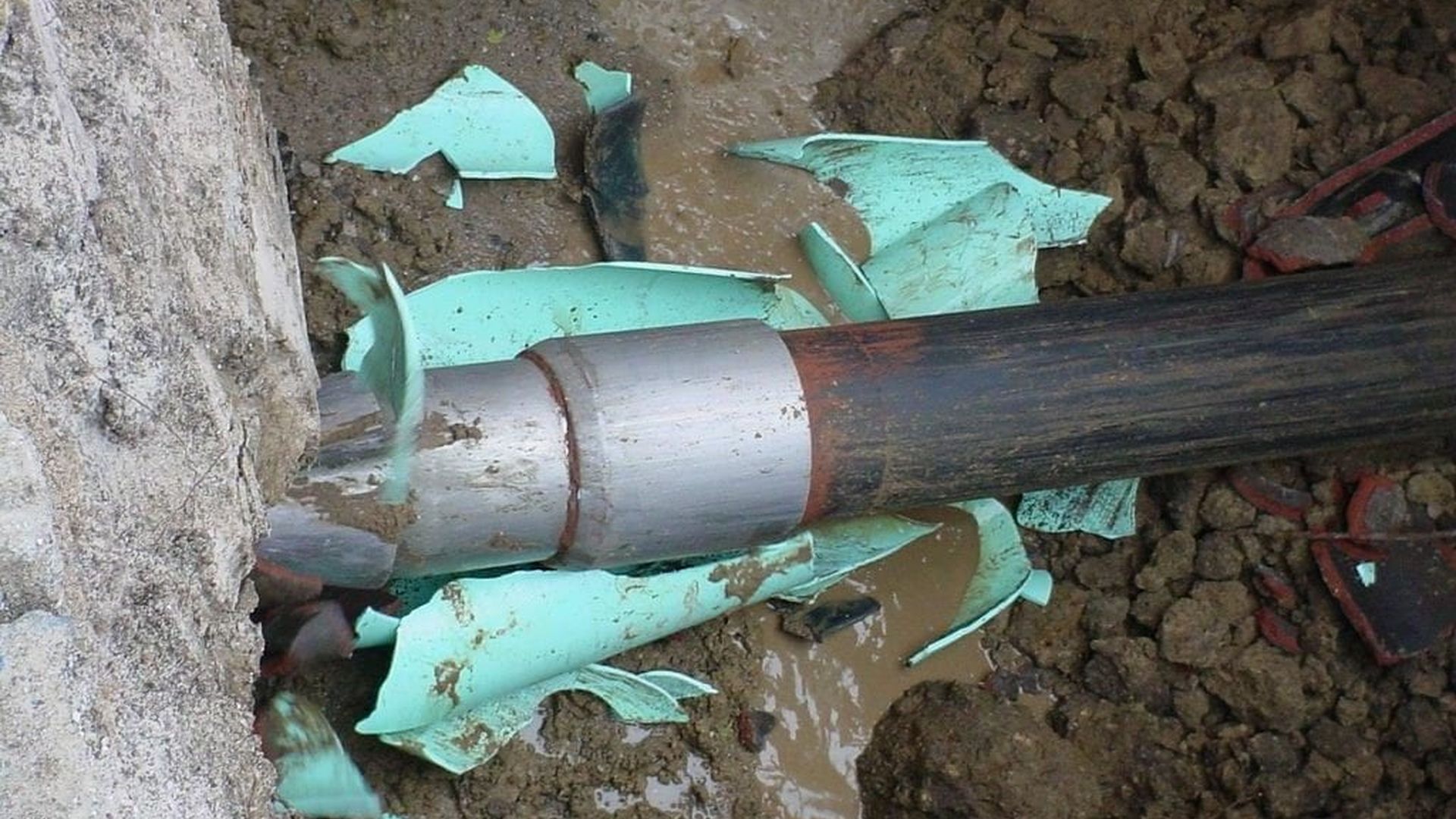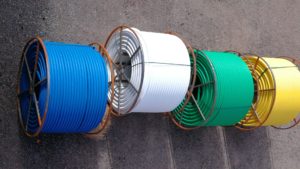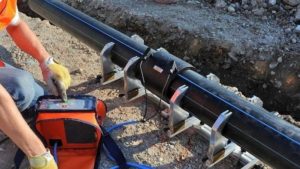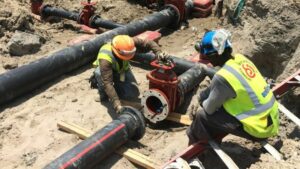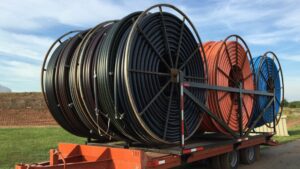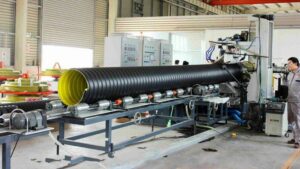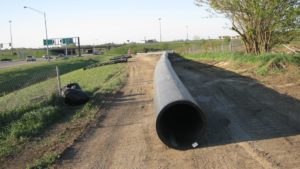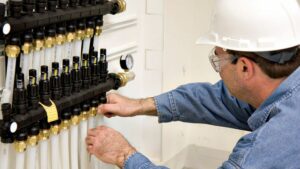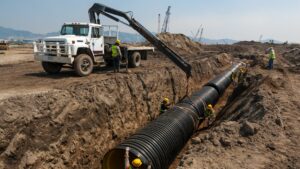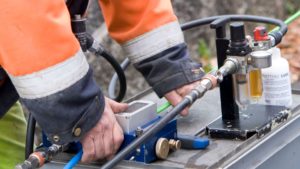Underground service utilities in many American cities have been in place for over 100 years. While existing systems have functioned well beyond reasonably anticipated service life, underground
systems are mostly deteriorated and need costly maintenance and repair.
Common problems involve corrosion and deterioration of pipe materials, failure or leakage of pipe joints, and reduction of flow due to mineral deposits and debris build up inside the pipe.
Damage to existing pipes can also occur by ground movements due to adjacent construction activity, uneven settlement or other ground instability. This leads to infiltration and inflow (I&I) increase in sewer systems. In water systems, it leads to flow and pressure reductions, persistent leakage (up to 30 percent of water provided in some systems), pipe bursts, and poor water quality.
These problems tend to increase with the age of the network where maintaining this large network of underground sewer, water, and gas pipelines is difficult and costly. The above problems are compounded by the significant negative impacts (of open cut repair or replacement projects) on the daily life, traffic, and commerce of the area served by and along the pipeline in question.
Pipe bursting is a well-established trenchless method that is widely used for the replacement of deteriorated pipes with a new pipe of the same or larger diameter. Pipe bursting is an economic pipe
replacement alternative that reduces disturbance to business and residents when it is compared to the open cut technique.
Pipe bursting is especially cost-effective if the existing pipe is out of capacity, deep, and/or below the ground water table (GWT). Replacing an old pipe with a larger one is termed upsizing. One-size upsizing is replacing the old pipe with a pipe one standard size larger, for example replacing 8” pipe with 10” one.
Similarly, two-size upsizing is replacing the old pipe with a pipe two standard sizes larger, e.g. replacing 8” pipe with 12” one. Pipe bursting conventionally involves the insertion of a cone shaped bursting head into an old pipe.
The base of the cone is larger than the inside diameter of the old pipe and slightly larger than the outside diameter of the new pipe to reduce friction and to provide space for maneuvering the pipe. The back end of the bursting head is connected to the new Polyethylene (PE) pipe and the front end is attached to a cable or pulling rod.
The new pipe and bursting head are launched from the insertion shaft and the cable or pulling rod is pulled from the pulling shaft. The bursting head receives energy to break the old pipe from one of the following sources: a pulling cable or rod, a hydraulic source, or an air compressor.
The energy breaks the old pipe into pieces and expands the diameter of the cavity. As the bursting head is pulled through the old pipe debris, it creates a bigger cavity through which the new pipe is simultaneously pulled from the insertion shaft. There are many variations to this conventional layout that are presented later. Read Full PDF

